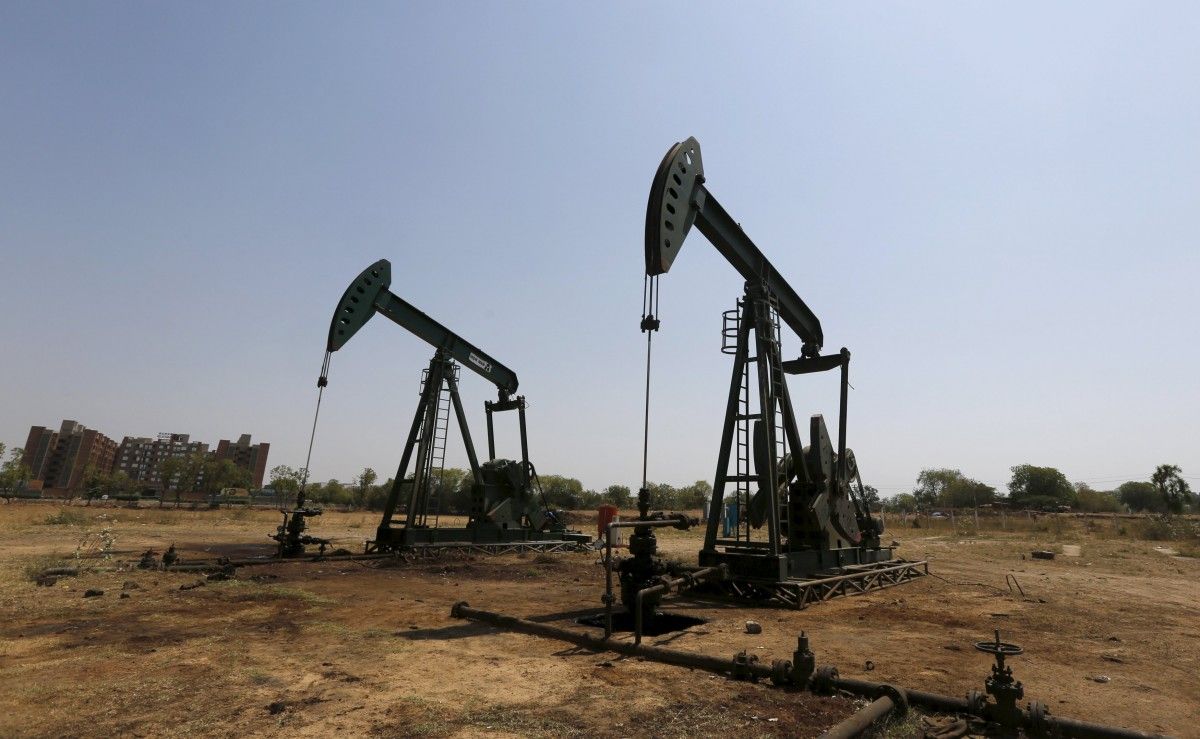
U.S. West Texas Intermediate (WTI) crude futures were trading at $40.89 per barrel at 07:00 GMT, slightly above their previous settlement but after hitting an intra-day high of $41.41 per barrel and rising 3.3% the previous day, as reported by Reuters.
International Brent crude futures were trading at $43.04 a barrel, down 6 cents from their last close and down from an intra-day high of $43.65 a barrel.
"Oil prices rallied after the EIA weekly report showed gasoline inventories declined the most at this time of the year for at least five years," ANZ bank said on Thursday.
U.S. gasoline stocks dropped 3.26 million barrels to 238.2 million barrels, according to the U.S. Energy Information Administration (EIA), against an expectation for a draw of around 200,000 barrels.
Others dismissed the notion that the U.S. gasoline draw should drive up crude prices globally, especially given that American crude inventories rose by 1.4 million barrels to 522.5 million barrels.
Read alsoReuters: U.S. crude remains below $40 as oversupply still weighsMatt Stanley of brokerage Freight Investor Services (FIS) in Dubai said that the market had "ignored the crude build and focused on the... bigger than forecast gasoline draw."
U.S.-based Schork Report said that the earlier price gains were a result of profit-taking from previous short positions that benefited from falling prices along with a fall in the U.S.-dollar since July.
The dollar has lost 2% of its value since late July against a basket of other leading currencies as expectations of another rate increase faded.
Since oil is traded in the dollar, a weaker U.S. currency makes fuel purchases for countries with other currencies cheaper, potentially spurring demand.
With overall oil market conditions still weak, and production overhangs in both crude and refined products continuing to weigh on markets, traders said that Wednesday's and Thursday's price rises would likely be reined in.
Adding to supplies, Iraq's crude production in July rose to the highest level since January, pumping 4.632 million barrels per day in July compared with 4.559 million bpd in June, state-run Oil Marketing Company (SOMO) said on Thursday.
And despite cheap crude feedstocks thanks to oversupply, refineries do not expect to make much more money going forward.
"In 2012-2014 Brent averaged $106 per barrel... and refining margins $3 per barrel... In 2016-2018 consensus expects average Brent of $56 per barrel... and $3 per barrel refining margins," researchers at AB Bernstein said on Thursday.

